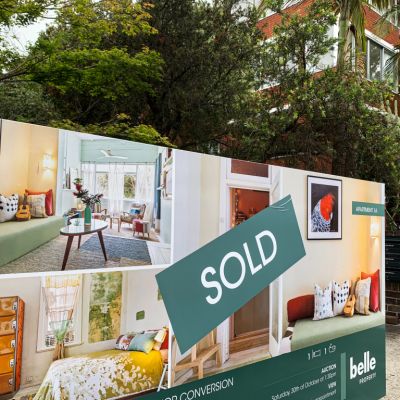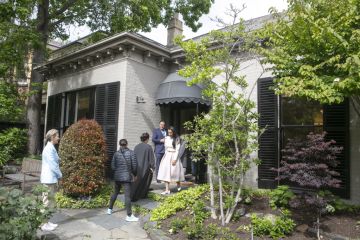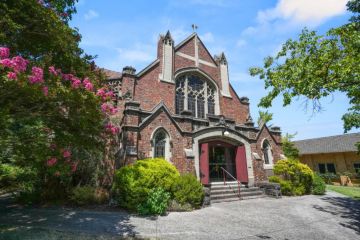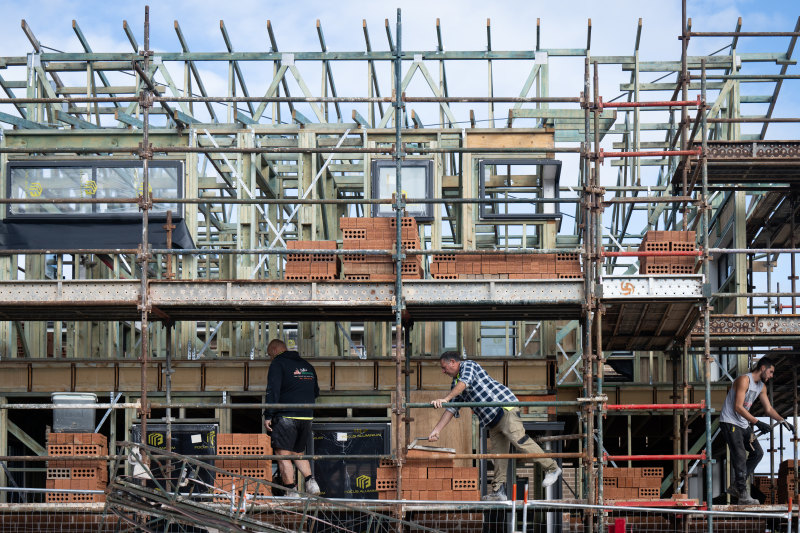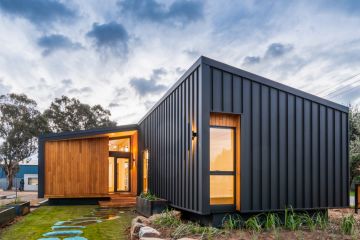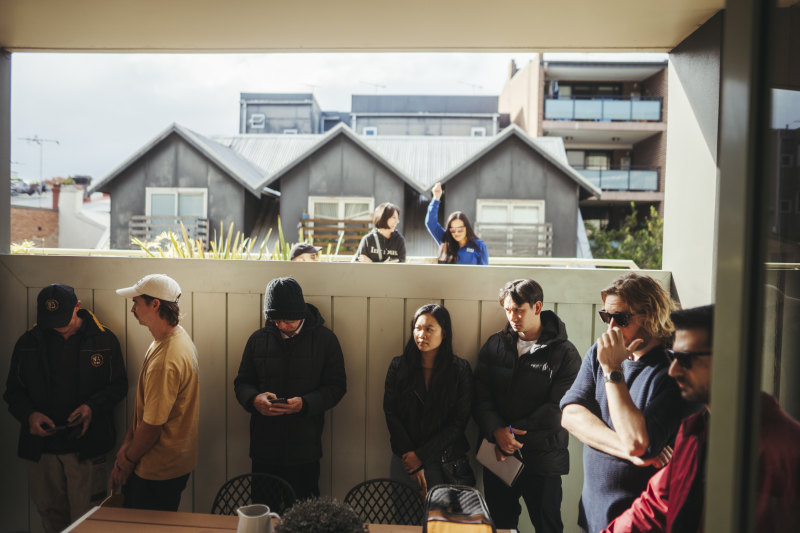Will apartments continue to be a good move for property investment?
With the federal government finally passing its signature $10 billion housing pledge, some investors worry that apartments may no longer be such a good investment with so much new supply set to be delivered.
But experts in the industry say that really shouldn’t be a concern. “If I were an investor, I wouldn’t be too fussed about it,” says AMP Capital chief economist Dr Shane Oliver.
“There’ll still be an undersupply of property even if the government does manage to hit their target of building 240,000 homes, which is difficult to imagine with so many capacity constraints in the home building industry. But any fall in price or rents would require a cutback in immigration, and that’s not about to happen.”
The latest Australian Bureau of Statistics data showed that Australia’s population rose by 563,000 or 2.2 per cent over 12 months to March 31 this year, with 454,000 coming from immigration. Long-term projections suggest we are on track for net immigration of 500,000 or more in the last financial year.

“So really, with the new supply coming, it should actually make it easier for investors, giving them more choice and a larger available rental pool,” Oliver says.
Rental vacancy rates are still at record lows around Australia, and most rents are at record highs. That won’t change any time soon, suggests Murray Wood, director of Belle Property International.
“Most of the new housing – which will be apartments – will be in the middle rings of the capital cities around transport hubs, and maybe some in the outer suburbs,” he says. “But they will still take a long time to happen.
“In NSW, for instance, the planning codes run by local councils are antiquated, from the 1920s, and it takes a long, long time to get new projects approved. In Melbourne, it’s faster and in Brisbane cheaper, so a lot of labour is going there, which makes it easier.”
Apartments will only continue to grow in popularity, too, Wood believes, propping up both rental yields and capital value growth. “With so much migration, our cultural mix is such that many people have grown up in apartments, and it’s a way of life to them,” he says.
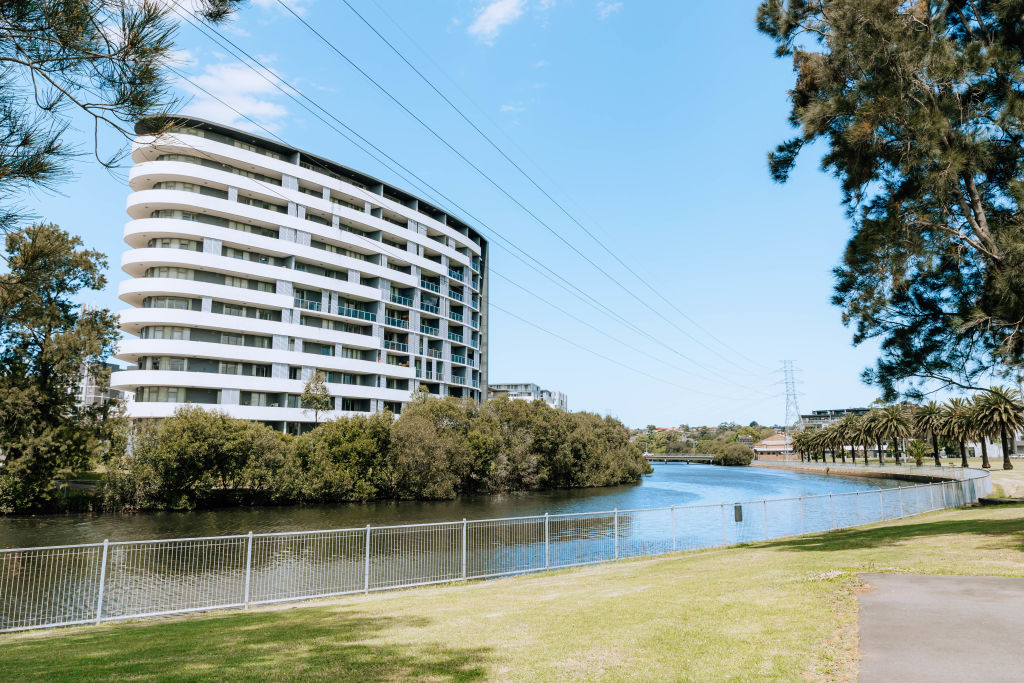
Senior economist at Oxford Economics Australia Maree Kilroy advises that, from planning all the new apartments and site selection for, say, a 200-unit building up to the point at which it’s completed, it tends to average around seven years. In the meantime, she sees the gap between the prices of apartments and houses tending to close.
“There is still no easing in sight for the rental market,” she says. “With migration, I would expect demand only to increase further, so the market will be really strong.
“Some households are reaching affordability ceilings in their ability to afford additional double-digit rental increases, but household budgets generally have held up and are proving resilient, so their capacity to pay more is greater than we initially thought.”
In addition, Oliver points out that a large slice of the new apartments from the Housing Australia Future Fund is designed to be social and affordable housing, which won’t be traditional investor stock anyway. “So I don’t think it will create a problem for investors,” he says.

We recommend
States
Capital Cities
Capital Cities - Rentals
Popular Areas
Allhomes
More
